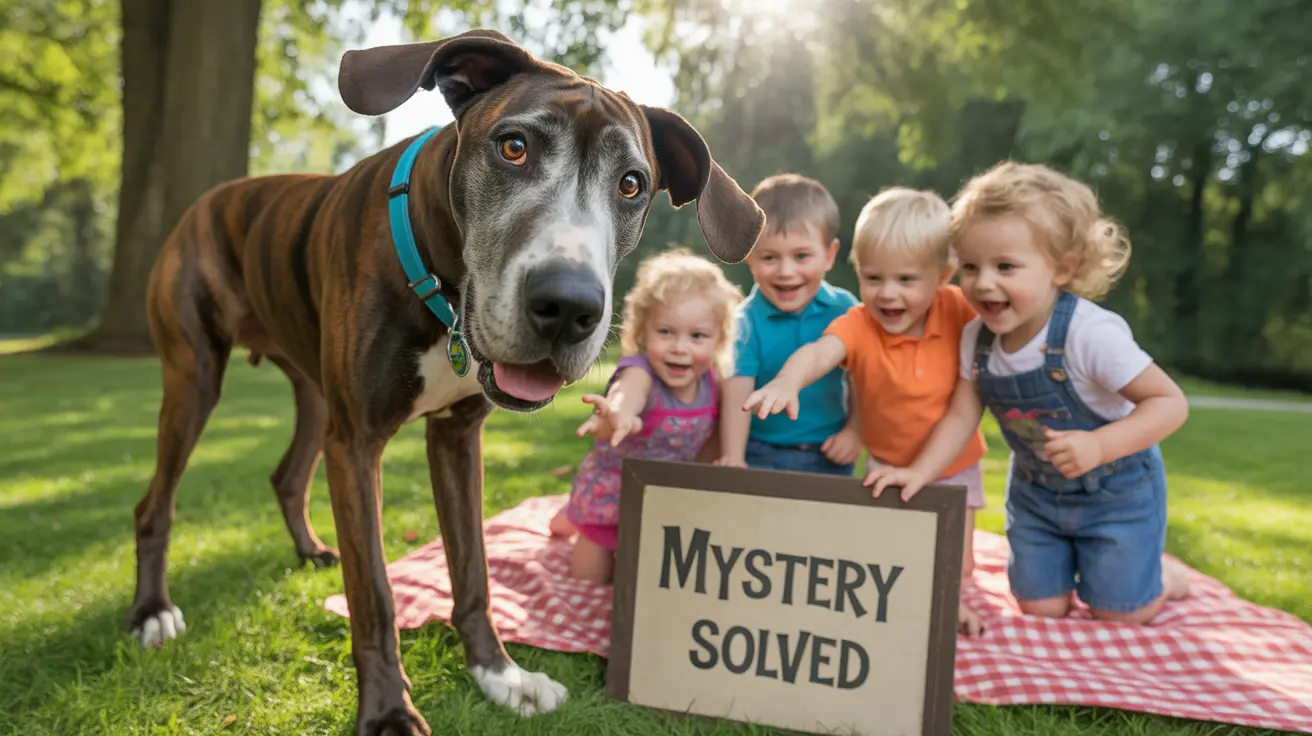Golden Age Icons: The Dogs That Started It All
The foundation of cartoon dog stardom was laid by characters like Pluto and Goofy from Disney. Introduced in 1930, Pluto pioneered the traditional animated pet role, while Goofy broke ground as an anthropomorphic character who walked upright and spoke, creating two distinct archetypes that would influence animation for decades to come.
Snoopy, debuting in 1950, revolutionized the concept of cartoon dogs with his rich inner life and imaginative alter egos. As Charlie Brown's faithful beagle, Snoopy transcended the simple pet role to become a cultural phenomenon, complete with merchandise, theme park attractions, and even his own space program partnership with NASA.
Mystery-Solving Canines and Educational Heroes
Scooby-Doo emerged in 1969 as the cowardly yet lovable Great Dane who, alongside Mystery Inc., became one of animation's most enduring characters. His success spawned numerous series, movies, and a franchise that continues to introduce new generations to mystery-solving adventures.
Educational programming found its perfect ambassador in Blue from "Blue's Clues," who taught problem-solving skills to preschoolers through interactive entertainment. Similarly, Clifford the Big Red Dog demonstrated valuable lessons about friendship, community, and acceptance through his larger-than-life adventures.
Modern Animation's Complex Canines
Contemporary animation has introduced more sophisticated cartoon dogs, like Brian Griffin from "Family Guy," who offers intellectual commentary and complex character development. The Australian series "Bluey" features a family of Blue Heelers, addressing modern parenting and childhood development through imaginative play.
Courage the Cowardly Dog pushed boundaries with surreal storytelling and themes of bravery in the face of supernatural threats, proving that cartoon dogs could anchor more experimental content while maintaining broad appeal.
The Impact on Popular Culture
These cartoon dogs have influenced everything from merchandise and theme park attractions to advertising and social media. Snoopy appears annually in the Macy's Thanksgiving Day Parade, while Scooby-Doo's catchphrases have become part of everyday language.
The enduring popularity of these characters has led to countless adaptations across various media, from live-action films to video games, demonstrating their versatility and universal appeal.
Frequently Asked Questions
What are the most iconic cartoon dogs and why are they so popular?
The most iconic cartoon dogs include Snoopy, Scooby-Doo, and Pluto. Their popularity stems from distinctive personalities, memorable storylines, and ability to connect with audiences across generations. Snoopy's imagination, Scooby's lovable cowardice, and Pluto's loyal friendship with Mickey Mouse have made them enduring cultural icons.
Which real dog breeds are commonly depicted in famous cartoon dogs?
Common breeds in cartoons include Beagles (Snoopy), Great Danes (Scooby-Doo), Bloodhounds (Droopy), Australian Cattle Dogs (Bluey), and various mixed breeds. These choices often reflect popular companion dogs or breeds with distinctive characteristics that translate well to animation.
How have cartoon dogs evolved in animation from the 1950s to today?
Cartoon dogs have evolved from simple comic relief characters to complex protagonists with depth and personality. Early examples like Pluto focused on physical comedy, while modern characters like Brian Griffin tackle sophisticated themes and social commentary.
What educational benefits do cartoon dogs like Blue and Clifford offer to children?
These characters help children develop problem-solving skills, emotional intelligence, and social awareness. Blue encourages interactive learning and critical thinking, while Clifford teaches important lessons about friendship, responsibility, and community involvement.
How do cartoon dogs like Scooby-Doo and Brian Griffin reflect different personality traits and storytelling styles?
Scooby-Doo represents classic family entertainment with themes of friendship and courage wrapped in mystery-solving adventures. Brian Griffin offers adult-oriented satire and commentary, showcasing how cartoon dogs can be vehicles for different types of storytelling and target audiences.
Conclusion
From their humble beginnings to their current status as cultural icons, cartoon dogs have proven to be some of animation's most versatile and beloved characters. Their ability to evolve with changing times while maintaining core appeal ensures their continued relevance in entertainment and popular culture.
Whether teaching valuable lessons to children, providing comic relief, or offering sophisticated commentary on modern life, these animated canines have secured their place in the hearts of audiences worldwide, promising to entertain and inspire future generations.






